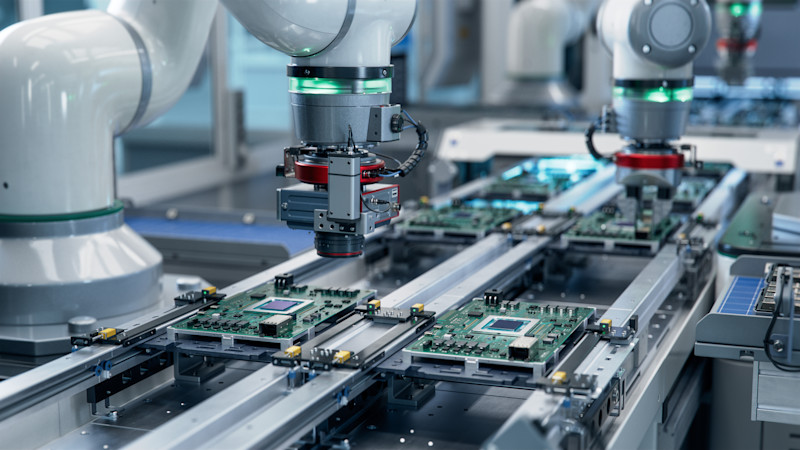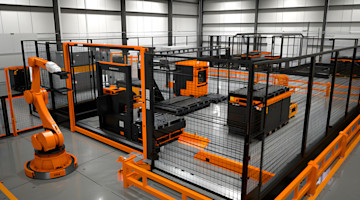Recently I came upon a term that I was unfamiliar with but which expresses a concept that is really quite important to our industry: engineering R&D. While we’re all familiar with R&D, which is generally performed in places other than the shop floor and typically associated with Fortune 500 companies or startups in Silicon Valley, ER&D is more applicable to what we do and how we work (which is not to say that the other types of companies can’t benefit).
The concept comes out of consultancy Bain & Co. In a report, the authors write:
“Today, a growing number see ER&D as a strategic capability that will determine their future success and shape new business models. Investments in ER&D not only improve products but also increasingly reinvent or disrupt parts of the business.”
They point out five aspects that ER&D helps companies address:
Shorten time to market
Make new tech more affordable
Embed digital capabilities into hardware-centric engineering teams
Explore new value creation
Re-engineer for environmental, social, and corporate governance (ESG) strategies
If R&D can be considered theoretical, then ER&D is practical.
One of the issues that will likely face industry within the next several months is a recession. While it is predicted to be mild, even a paper cut is troubling to an otherwise healthy person. So, if there is an economic downturn, there is a tendency to batten down the hatches and to harbor resources, preserving cash and capital.
One of the things I learned from my grandfather, who started and operated a manufacturing company during the second half of the 20th century and so was familiar with economic downturns (in 1973-75 there was the oil crisis and a stock market collapse), was to take advantage of economic downturns. This took various forms, from acquiring equipment and competitors to making product advances.
While it might seem that pursuing ER&D during a downturn would be unsustainable, it is actually a sensible approach. Let’s face it: When you’re busy, you’re not likely to have your people do anything other than focus on their main tasks. But when they have some time on their hands, that time can be put to good use by dealing with issues that may be holding back your operations.
The amount of manufacturing technology that is presently available – both physical and digital – that can provide a great advantage is extensive. And there are developments like AI and edge computing that you’ve heard about that might be beneficial to your operations. But danger comes when someone goes all-in on something – be it additive or AI – without having a thorough understanding of what they are trying to do with it, what problem they are trying to solve, or what advance it will provide.
There are plenty of things that can be done for a few thousand dollars that can dramatically move the needle forward for a company. A young engineer in the organization can be given a small budget to address a problem – such as integrating sensors into some production equipment to obtain operational data – and a comparatively short time limit. The results will likely be more useful and actionable than launching a massive campaign that transforms everything.
Some years back, Foxconn, the contract manufacturer most widely known for its work with Apple, was interested in deploying MTConnect in its facilities. But it wasn’t about to shut down its lines to network the equipment. One clever engineer came up with a way to understand how MTConnect could be deployed to the company’s advantage.
One of Foxconn’s factories occupies three floors. Each floor is laid out the same. And on each floor, there is a bottled beverage vending machine. A vending machine has actuators, switches, motion controllers, scanners, and the like. It is a fairly sophisticated piece of machinery. Foxconn put MTConnect on the vending machines. It switched up the beverages in each of the machines and was able to not only learn about the machines’ operations but also about the amount of caffeinated beverages sold on a given floor, which could then be compared to production data.
By learning on this small level, the company was able to confidently roll out MTConnect to other machines – ones that weren’t vending Pocari Sweat drinks.
As you well know, in this industry, business is never consistent. Because there are always ups and downs, it is beneficial to make small investments in time, resources, and money on a consistent basis to learn how to improve your products or services so that when customers look for product, your company has something that has a clear competitive advantage over those who didn’t make those investments.
To read the rest of the Transportation Issue of MT Magazine, click here.






